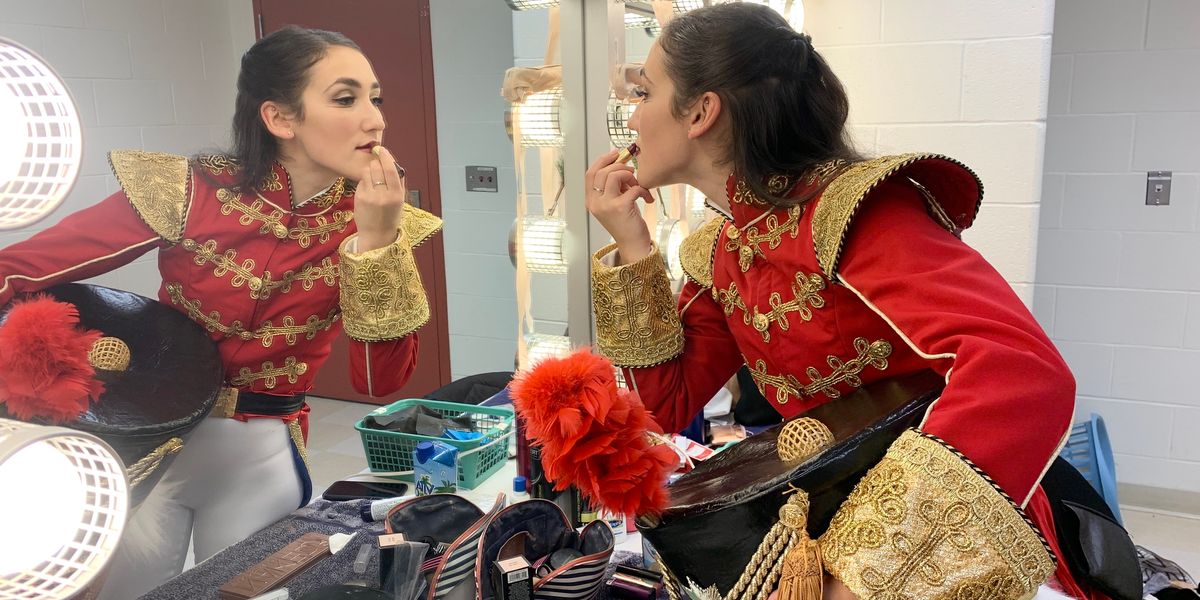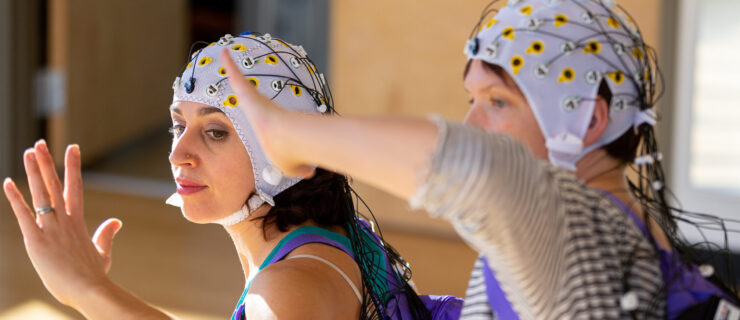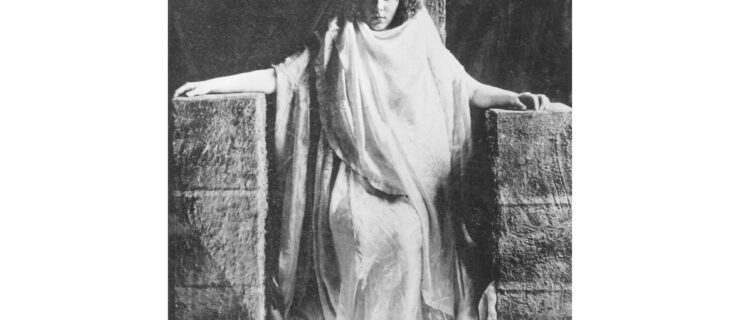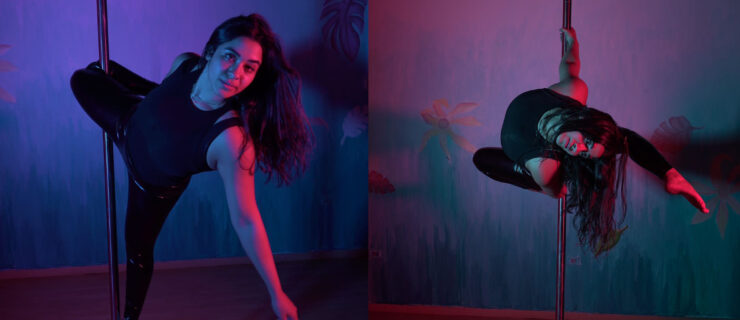For the First Time Ever, Dayton Ballet Has a Female Nutcracker
A few months ago, Dayton Ballet’s artistic director, Karen Russo Burke, approached Miranda Dafoe with an unorthodox idea: She wanted to cast a woman in the role of the Nutcracker in the company’s holiday production, and she was tapping Dafoe.
“I honestly was pretty shocked,” says the Dayton Ballet dancer. “But the more I thought about it, I thought, You know what? Clara’s dreaming the whole thing from the battle into the Land of the Sweets. So why can’t she dream of a woman saving her from the rats and taking her on this journey?”

Photo by Expressions Studios, Courtesy Dayton Ballet
Not only does Dafoe like the message it sends to girls in the audience, but, she says, “it shows that we’re evolving our Nutcracker based on how society is evolving too.”
Dayton Ballet’s production, which continues through December 23, features two casts—one of which has a male Nutcracker, and one with a female Nutcracker. That meant making slight modifications to the character’s choreography and costume. “Some of the musicality had more time for jumps, so Karen and I worked together to figure out jumps and turns that would read as strong but also feminine,” says Dafoe.
“I’m still wearing the Nut head,” she laughs, noting the difficulties of dancing with such an unwieldy costume piece. Hers, though, doesn’t have a beard, which keeps her identity more ambiguous. Unless the audience has read the program beforehand, Dafoe says, they may not realize the Nutcracker is played by a woman until the end of the Battle Scene. Her Nutcracker head comes off, unveiling her flowing hair.

Photo by Margot Aknin, Courtesy Dayton Ballet
In Dayton Ballet’s version, Clara is played by a dancer from its school, and the choreography doesn’t involve partnering between her and the Nutcracker. “I thought a lot about how I wanted to approach the relationship,” says Dafoe, “and I settled on it being motherly and a role model, but also sisterly. I want it to be relatable to Clara and also to young girls in the audience.” As she holds Clara’s hand, leading her through the Snow Scene and Land of the Sweets, Dafoe says, “I’m also a little giddy and excited too. I’m not just this adult in her world.”
In addition to the message of female empowerment, Burke also wanted the role to nod to women in the military.
Overall, Dafoe sees the production as a reflection of what Dayton has been through. “We had a big tornado last spring, and also the shooting in the Oregon District. We’re so grateful for our police officers.” In the Battle Scene, prop guns were traded out for candy canes. “We’re really conscious of what’s going on in the community, and we want our audience to feel that. Not only are we following the feminist movement, but we wanted to be very sensitive to the fact that we went through this big trauma,” she says.
Though this debut is daunting and exciting for Dafoe, ultimately, she’s in favor of the gender swap. “I’m hoping that other companies are inspired to evolve their Nutcracker similarly—or in a different way—just so that it can be more accessible,” she says. “Ballet can be a bit overwhelming or people can be afraid to go. But it’s a lot more relatable than you’d think. As long as we can reach a bigger audience, that’s what I’m here for.”




